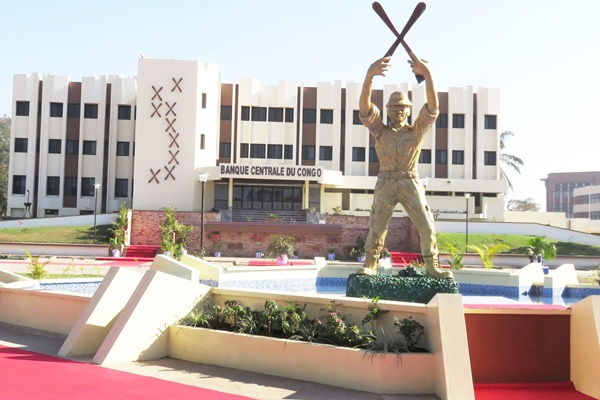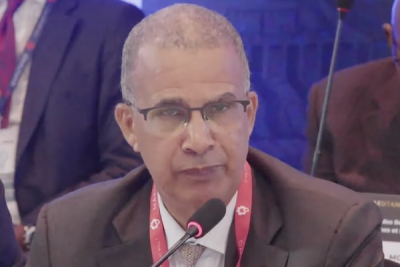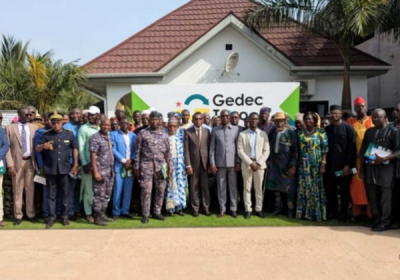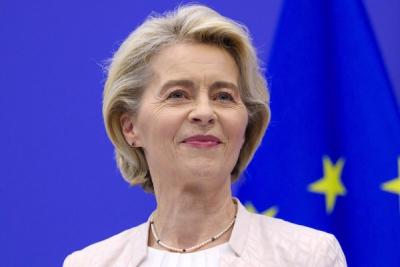The inflation rate in the Democratic Republic of Congo (DRC) is showing signs of slowing down. According to the Central Bank, prices increased by 14.5% year-on-year for the four weeks ending in August 2024. Earlier in same the month, inflation had already decreased to 15.25%, down from 23.75% at the end of January 2024.
Despite this progress, the government is still far from meeting its target of limiting annual inflation to 11.5%. According to many, the depreciation of the Congolese franc is among the primary factors behind rising prices, particularly in Kinshasa, the capital, which has a population of nearly 23 million.
However, recent reports by the Central Bank indicate that the national currency has begun to appreciate, reflecting improvements in the trade balance, where exports now exceed imports. Still, at the microeconomic level, there were no improvements in the purchasing power of millions of Congolese citizens, as high transportation costs for goods continue to impact prices.
The government’s ability to stabilize prices is limited by the high costs associated with transporting consumer goods, whether produced locally or imported. The Ministry of Economy notes that taxes account for only 23% of product costs, while the country faces significant production deficits in staple goods like maize, necessitating imports.
The DRC's monetary system is heavily dollarized, with the US dollar dominating transactions. This reliance complicates the Central Bank's efforts to manage inflation, as the local currency constitutes only 18% of the money supply and is costly to obtain due to high intervention rates (25%).
Georges Auréole Bamba










